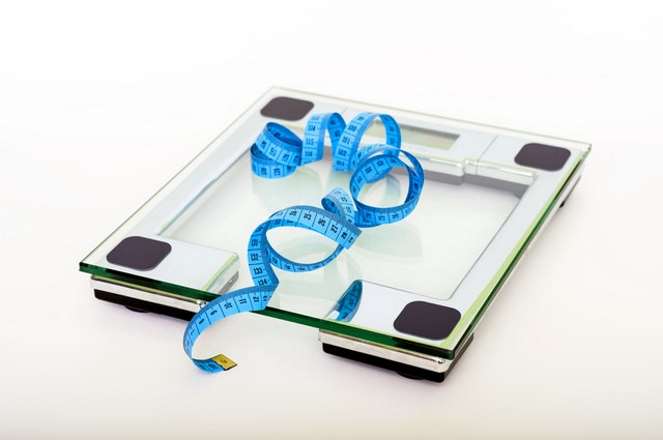Understanding High Blood Pressure: Simple Steps for Heart Health
High blood pressure affects millions of Americans yet remains largely misunderstood. This silent condition can damage your cardiovascular system long before symptoms appear. By understanding what hypertension is and implementing straightforward lifestyle changes, you can take control of your blood pressure and protect your long-term heart health without drastic measures.

High blood pressure, or hypertension, is often called the “silent killer” because it typically causes no symptoms while steadily damaging your cardiovascular system. Nearly half of American adults have this condition, yet many don’t realize it. Understanding hypertension and making modest lifestyle adjustments can significantly reduce your risk of serious health complications including heart attack, stroke, and kidney disease. With regular monitoring and simple daily habits, managing blood pressure becomes an achievable part of everyday wellness.
What Exactly Is High Blood Pressure?
Blood pressure is the force of blood pushing against your artery walls as your heart pumps. It’s measured using two numbers: systolic pressure (when your heart beats) over diastolic pressure (when your heart rests between beats). Normal blood pressure falls below 120/80 mmHg. When readings consistently reach 130/80 mmHg or higher, you have hypertension.
Your arteries are designed to stretch as blood flows through them. When pressure remains high, these vessels can become less elastic and narrower, forcing your heart to work harder. This extra strain damages both the heart and blood vessels over time. High blood pressure typically develops gradually over many years, which is why regular monitoring is essential even when you feel perfectly healthy.
Daily Habits That Support Healthy Blood Pressure
Several straightforward habits can help maintain healthy blood pressure levels without requiring major lifestyle overhauls. Consistency with small changes often yields better results than short-term dramatic efforts.
Reducing sodium intake makes a significant difference for many people. Try using herbs and spices instead of salt when cooking. Gradually decrease processed food consumption, as these products typically contain hidden sodium. Additionally, maintaining adequate hydration helps your body eliminate excess sodium.
Managing stress through simple techniques like deep breathing, short daily walks, or even listening to calming music for 15 minutes can notably impact blood pressure readings. Creating a consistent sleep routine that allows for 7-8 hours of quality rest each night also helps regulate blood pressure naturally.
How Diet and Physical Activity Impact Heart Health
What you eat directly affects your blood pressure. The DASH (Dietary Approaches to Stop Hypertension) eating plan has proven particularly effective. This approach emphasizes fruits, vegetables, whole grains, lean proteins, and low-fat dairy while limiting saturated fats and added sugars.
Specific foods that support healthy blood pressure include: - Potassium-rich foods like bananas, sweet potatoes, and leafy greens - Fiber-rich foods such as oats, beans, and berries - Foods high in calcium and magnesium like yogurt and nuts - Heart-healthy fats found in avocados, olive oil, and fatty fish
Physical activity works alongside nutrition to strengthen your heart and improve blood vessel function. Even modest activity—like a 30-minute daily walk—can lower blood pressure by 5-8 mmHg. The key is finding activities you enjoy enough to maintain regularly, whether that’s gardening, swimming, dancing, or cycling at a moderate pace.
Gentle Lifestyle Changes Suitable for All Ages
Regardless of your age or fitness level, there are appropriate ways to improve blood pressure health. For older adults or those with mobility limitations, chair exercises, gentle stretching, or water-based activities provide cardiovascular benefits without stressing joints.
Alcohol moderation makes a significant difference in blood pressure management. Limiting intake to one drink daily for women and two for men (or less) can prevent blood pressure elevation. Similarly, if you smoke, quitting provides immediate blood pressure benefits—often visible within days.
Weight management doesn’t require drastic measures. Even modest weight loss of 5-10 pounds can reduce blood pressure significantly. Focus on sustainable changes rather than temporary diets—small portions, mindful eating, and gradual increases in physical activity create lasting results.
The Importance of Regular Monitoring and Medical Care
Regular blood pressure checks are essential even if you feel perfectly healthy. Hypertension earned its “silent killer” nickname because symptoms rarely appear until significant damage has occurred. Home monitoring devices provide valuable information about how your blood pressure responds to different situations and times of day.
When visiting healthcare providers, bring your home readings to give them a more complete picture of your blood pressure patterns. These appointments also provide opportunities to discuss medication options if lifestyle changes alone aren’t sufficient. Modern hypertension medications are typically well-tolerated and can be adjusted to find the right fit for your specific needs.
Annual physical exams allow your healthcare provider to monitor not just blood pressure but related health markers like cholesterol, kidney function, and blood sugar—all interconnected aspects of cardiovascular health. These routine checkups often catch problems early when they’re most responsive to intervention.
This article is for informational purposes only and should not be considered medical advice. Please consult a qualified healthcare professional for personalized guidance and treatment.



